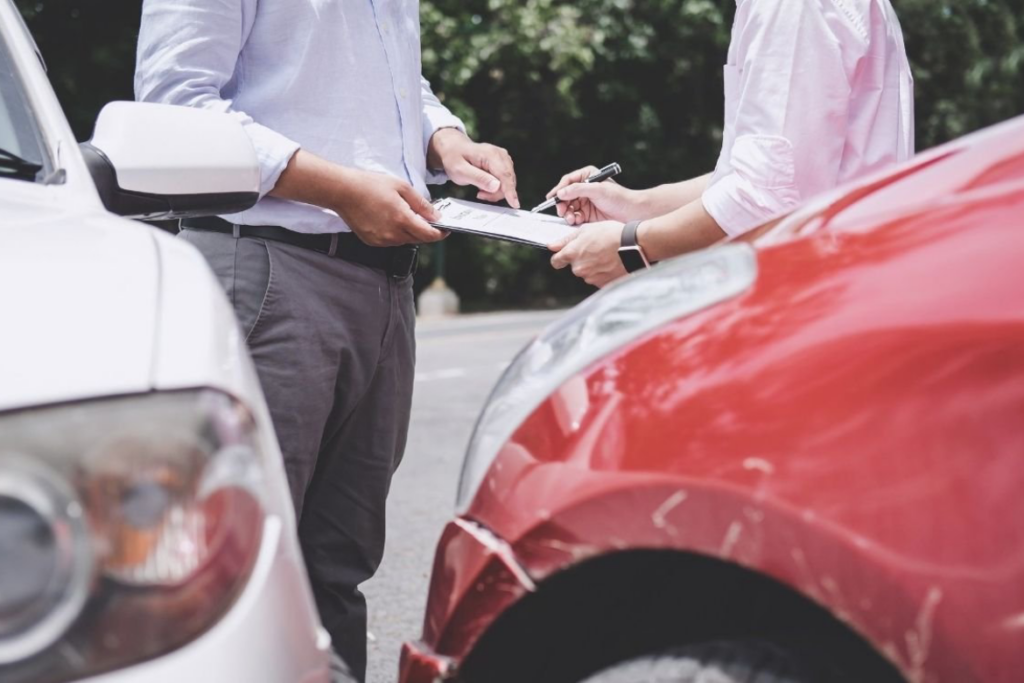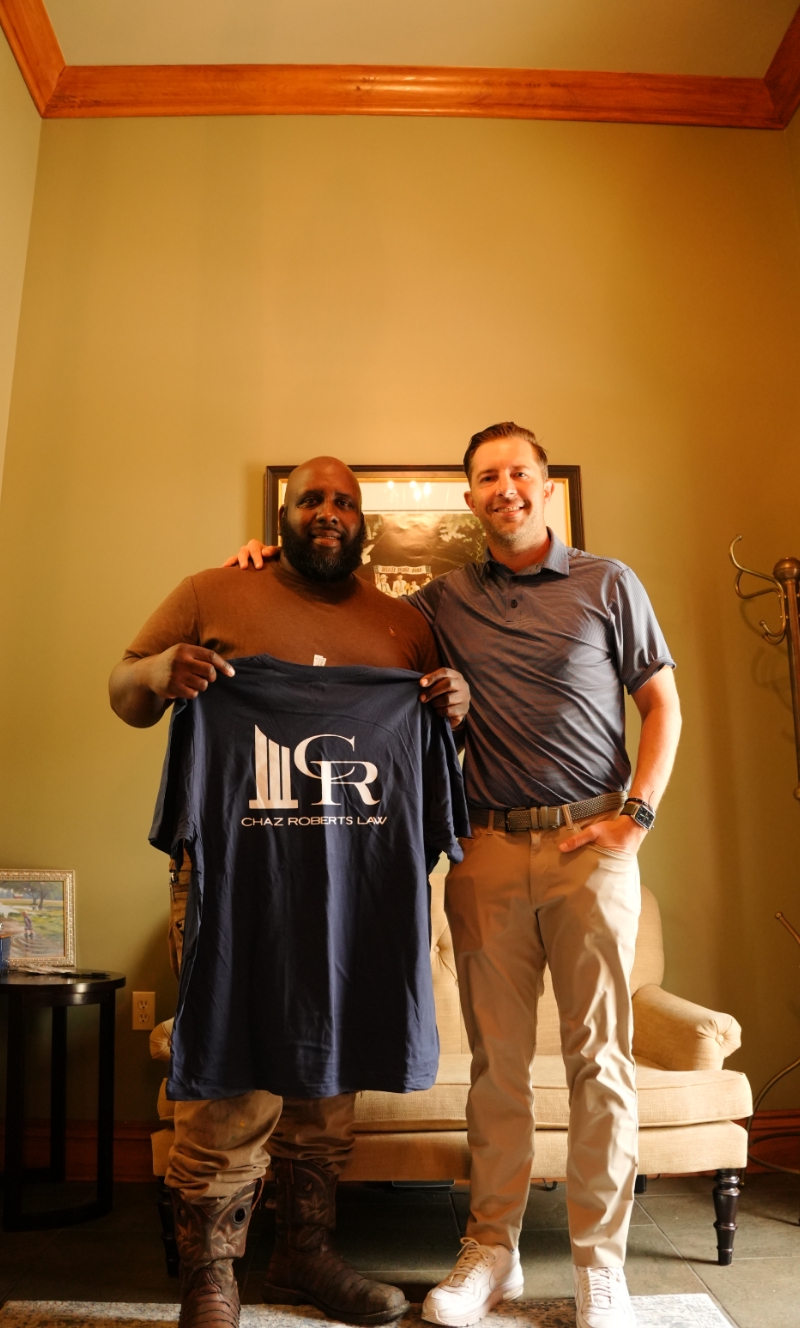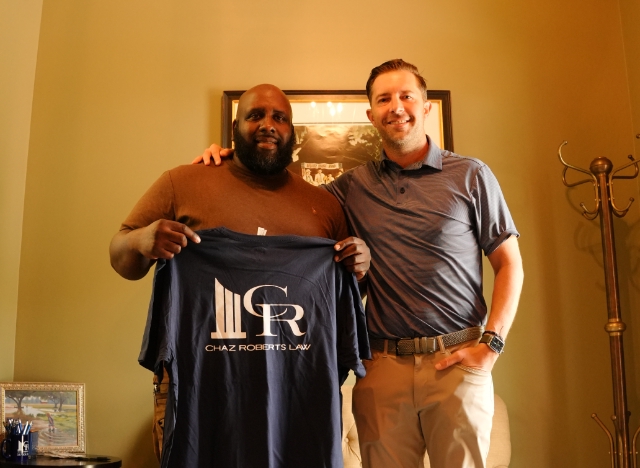This is an important question that every person with a driver’s license needs to consider. While everyone’s financial situation is different, everyone should have the most well-rounded policy that they can afford.
This topic is meaningful to me because I see firsthand how the lack of a particular coverage type – or the lack of sufficient coverage – can negatively affect my clients who have been involved in a car accident.
This post will briefly discuss the different types of automobile insurance coverage, as well as my thoughts on whether you should purchase them. Spoiler alert – Yes!

Liability coverage
This is the most basic coverage that everyone is required by law to carry. The purpose of liability insurance is to cover damages to another person that results from an auto accident that is your fault. Simply put, liability coverage protects you from having to pay out-of-pocket for damages you cause. Your insurance company – instead of you – will be responsible for paying damages you cause, up to the number of your policy limits.
How much liability coverage should I buy?
Short answer – as much as you can afford!
In Louisiana, the minimum coverage limits are $15,000 per person for bodily injury damages, $30,000 per accident, and $25,000 for property damage. So, if you purchase minimum coverage, your insurance company will pay up to $15,000 of bodily injury damages for each person that is hurt, with a maximum of $30,000 per wreck. That does not go very far, especially in the case of a serious accident or one that involves multiple vehicles or persons.
Most employed individuals with assets, such as a home, should carry a minimum of $100,000/$300,000/$100,000 in coverage. I recommend people carry as much coverage as possible for two reasons:
To protect their assets and income from a big legal judgment
As discussed below, the more liability coverage a person carries, the more uninsured motorist coverage an insured can purchase.
With respect to asset protection, suppose that you only have $50,000 in liability coverage. You rear-end another vehicle, and one of the occupants of that vehicle ends up needing back surgery. The damages associated with surgery could be several hundred thousand dollars. Under that scenario, you would be personally liable for all damages above your $50,000 coverage limits. You do not want to find yourself in that unfortunate position; if you have sufficient coverage limits, your insurance company – not you – will be liable for paying all damages.
Uninsured / underinsured (um) motorist coverage
Always purchase um coverage, with limits as high as you can afford. If you follow my posts, you know that I beat this drum often – and with good reason. I believe this is the most valuable coverage on your policy, and frankly is the best bargain.
This insurance covers your medical bills, lost wages, pain, and suffering, and future medical bills, if you are in a wreck that was caused by someone who has 1,) no insurance, or 2) not enough insurance. (your um insurance will also cover the damages of your passengers in most circumstances).
It is estimated that over 50% of Louisiana drivers have either no insurance or a minimum policy, so it is very important to buy as much uninsured motorist coverage as possible. If someone else injures you in Louisiana, odds are they won’t have auto insurance or will not have sufficient coverage to pay for all of your damages. But, if you have um coverage, you have peace of mind knowing that your own insurance will pick up the slack.
Insurance companies have a special form for you to “opt-out” of um coverage – and many people do so without knowing the consequences. Do not be penny-wise and pound-foolish – opting out of um coverage may save a few bucks on your premiums, but it leaves you exposed to serious financial harm should you happen to be seriously injured by someone with no insurance coverage.
I feel so strongly about buying the maximum amount of uninsured motorist coverage that I advise people to buy a larger liability policy so that they are eligible to buy more um coverage. Oftentimes, people can only buy um coverage up to the amount of liability coverage they carry. While this is may not be an option for many people due to economic realities, it is still important to purchase as much um coverage as you can reasonably afford.
Medical payments coverage
This is commonly referred to as “med pay” coverage. This coverage pays for actual medical expenses that you incur as a result of a car accident. This is a relatively small element of auto policies but can be valuable. Med pay coverage pays for direct medical expenses, such as the bills you incur from your visit or physical therapy sessions. It is a luxury considering that most health insurance policies have high deductibles, but not mandatory if you can afford your health insurance deductible.
Collision coverage
You should always purchase collision coverage.
This coverage is not mandated by law, so many people mistakenly opt-out of it, especially with older vehicles. Collision coverage covers damage to your vehicle if your vehicle hits another object or vehicle. It also covers a single-vehicle crash. Further, it may cover your vehicle if a collision was not your fault, but the other driver has no insurance.
I hear clients tell me that they did not purchase collision coverage because their vehicle is old and not worth much money. But, failing to purchase collision coverage can leave you in a tough financial situation, regardless of your vehicle’s value. If your vehicle is only worth $3,500.00, at least you will get money to repair that vehicle, or its replacement value if the car is totaled. Without collision coverage, you get zero dollars and are without a vehicle – double whammy!
Your collision premiums will be relative to the value of the vehicle. In our example here, a person will only pay collision coverage based on a $3,500.00 vehicle – not the price associated with coverage on a brand new $40,000.00 vehicle. (this is why your insurance often goes up after the purchase of a new vehicle.)
Comprehensive coverage
You should always purchase comprehensive coverage to protect your vehicle from other things.
This covers damage to your vehicle due to incidents unrelated to a wreck, like theft, vandalism, natural disasters, and weather conditions such as hail or flooding. It may even cover you if you accidentally put regular gas in your diesel engine (wink, wink). You want this coverage on your plan. Imagine your car completely flooding – if you have no comprehensive coverage, you receive no payment. What if you still had to pay a note on the car? That would sting, to say the least.
Rental coverage
This covers the cost of a rental car after you have been involved in a wreck, regardless of who is at fault. The typical policy provides thirty days of a comparable vehicle. This coverage is not as essential as some others, but it is nice to have, as I have seen many clients struggle to get around or afford a rental while their car is being repaired, or while an insurance adjuster drags their feet on resolving the claim. Like most coverage decisions, your choice to purchase depends on your budget and risk tolerance. I purchase rental coverage, so I will not have to come out of pocket for a rental, but it is not mandatory to purchase.
Safe rather than sorry
On a final note, rather than skimp on the type of coverage, I suggest you shop around with different insurance companies. A recent article suggests that Louisiana consumers overpay for insurance by $1,159 on average. The main reason being they do not shop around for policies. Do your homework, and your bank account will thank you.



